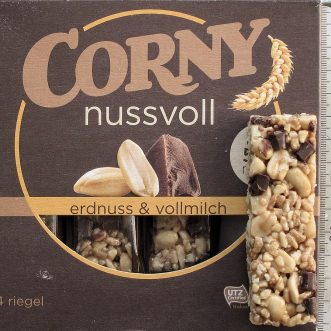November 8, 2021
I’ve been known to wax lyrical (or just go on about) about how your Promise of Value drives the way you design your business, so that it can’t help but deliver on the Promises you make.
But what does that actually mean in practice? How do you actually do that?
Let’s follow a thread of an example.
Your Promise of Value contains 3 sets of qualities – behaviours (the way you do things, which shades into your values), what you do (what you do to deliver benefit to your clients) and what you are (the relationship that is created between you and a client as a result).
Let’s say that one of your behaviours is ‘honest’. Among other things, that might mean that you always tell the truth. That has implications for your Share Promise process. For example, you may decide to never make claims you can’t substantiate. That might mean that for you ‘Showing Up’ is essentially about presenting the substantiation. Your 60-seconds is a story of a happy client, or your social media feed is full of testimonials, or that your website contains a live feed showing the positive impact you’re having. Or maybe the negative impact, reducing?
Always telling the truth has implications for your Keep Promise process too. It affects how you deal with a complaint, or the advice you give a client. It implies that before either of these situations arises, you must have a process for gathering as much ‘truth’ as you can. That might translate into a separate process each time (receive a complaint, research it, then get back to them), or it may mean building a process for continuously recording data you might need, as a side effect of doing the job.
Your Promise of Value isn’t just for prospects and clients, it also drives how you design your Improve Process – how you organise or re-organise the resources you have to serve your people better. How you design your measurement systems, your appraisal systems and your recruitment systems. For example, how could you test that a potential team member is ‘honest’? How would you build ‘always telling the truth’ into feedback mechanisms?
There will be other options. The form your processes take depends on other aspects of your Promise of Value – not everything all at once, but the behaviours that are most important to you and the people you serve. How does your business combine a behaviour like ‘honest’ with ‘kind’, or ‘professional’ or ‘cutting-edge’?
By embedding your Promise of Value into what you do and how you do it, your prospects, clients, employees, suppliers – all your stakeholders – experience who you are, and what you are here to do in a very concrete way. You’re showing, not telling. What you are, is what they get. And what you are is unique. You’re now in a market of one.









